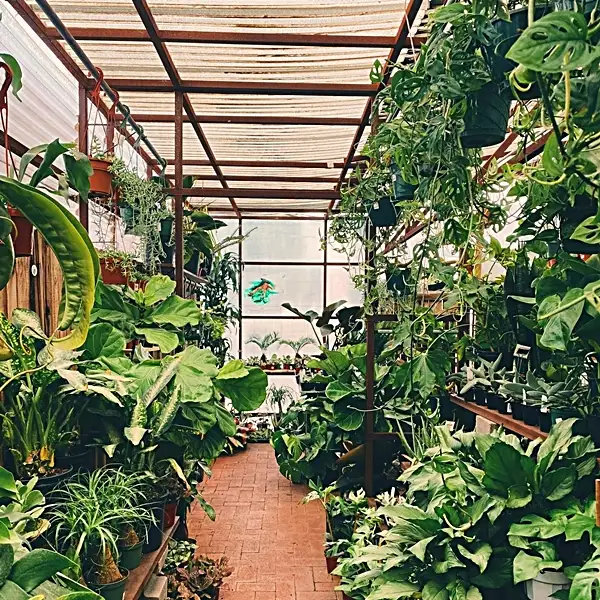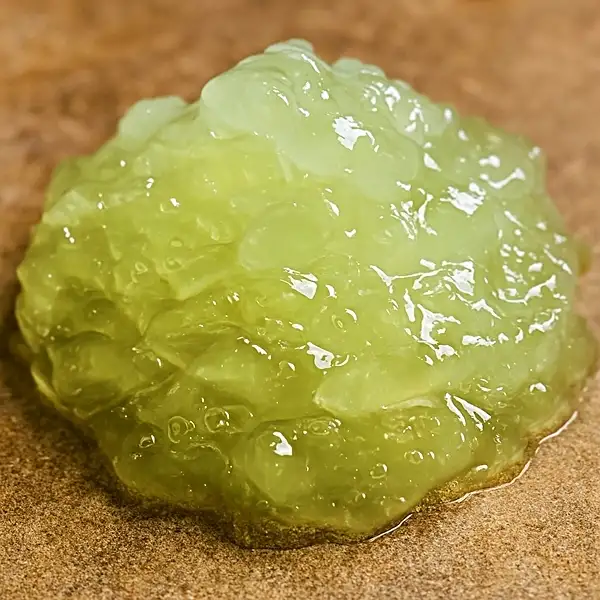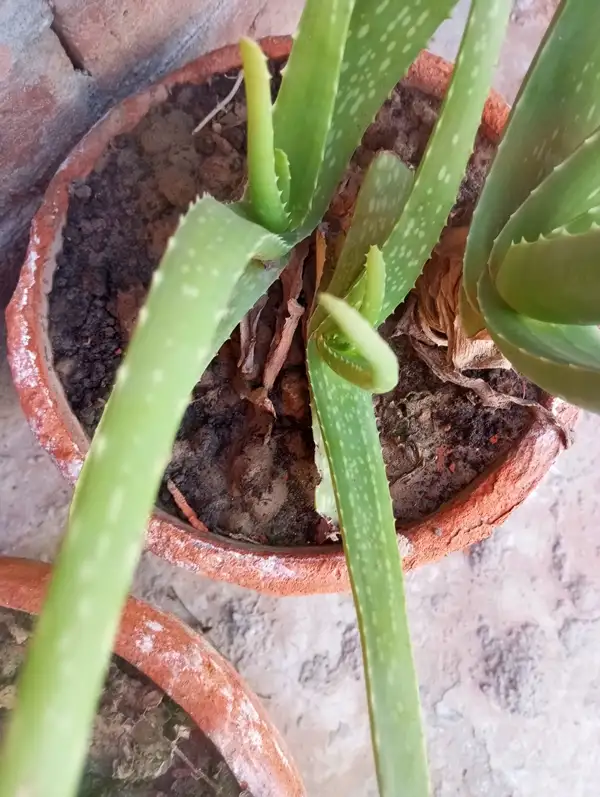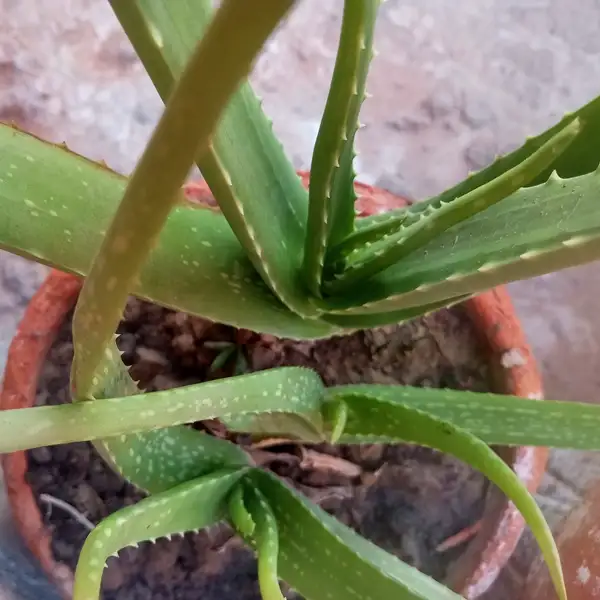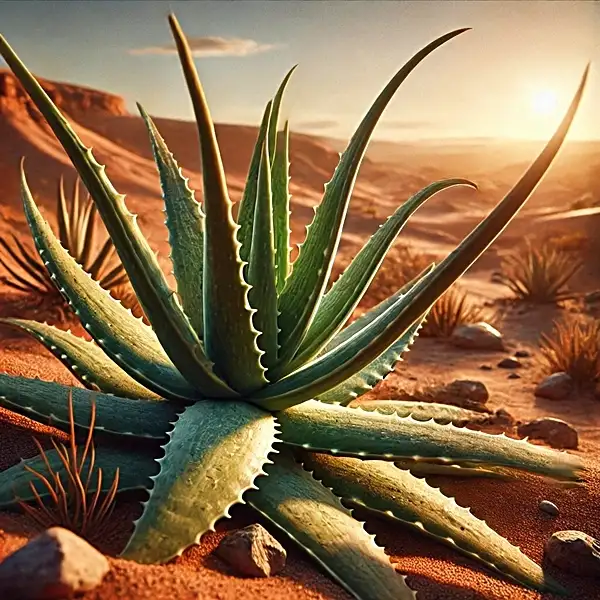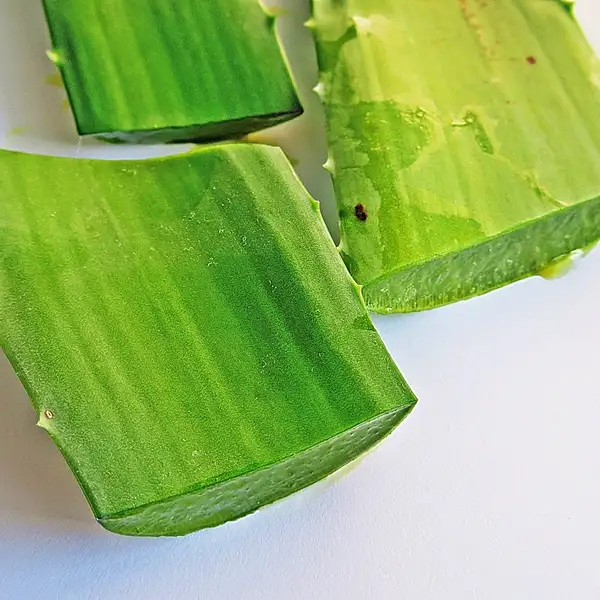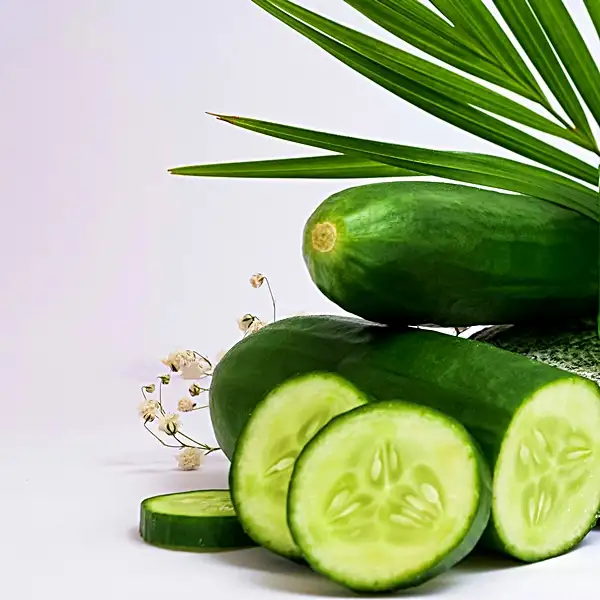Key Takeaways
| Key Takeaways | What You’ll Discover |
|---|---|
| The Remarkable Benefits of Aloe Vera | Uncover why this plant has been valued for centuries. |
| Why You Should Grow Aloe Vera at Home | Learn how homegrown aloe ensures purity and freshness. |
| Where Can You Get Aloe Vera Plants | Explore reliable sources to get the healthiest plants. |
| Comparing Different Buying Options | Find out which source best suits your needs and budget. |
| Sustainable and Cost-Effective Choices | Discover how to make eco-friendly purchases that save money. |
Importance of Aloe Vera
Aloe vera, renowned for its myriad health benefits, has long been termed as a ‘wonder plant.’ This succulent species is rich in vitamins, minerals, amino acids & enzymes that contribute significantly to overall health.
It was first recorded by ancient Egyptians on stone carvings as early as 6,000 years ago. Over time, this versatile plant has become a fundamental ingredient in remedies ranging from skincare to digestion.
Notably appreciated for its soothing effect on burns & wounds, Alexander the Great was reported to have dispatched his army across the Arabian Desert simply to secure an ample supply.
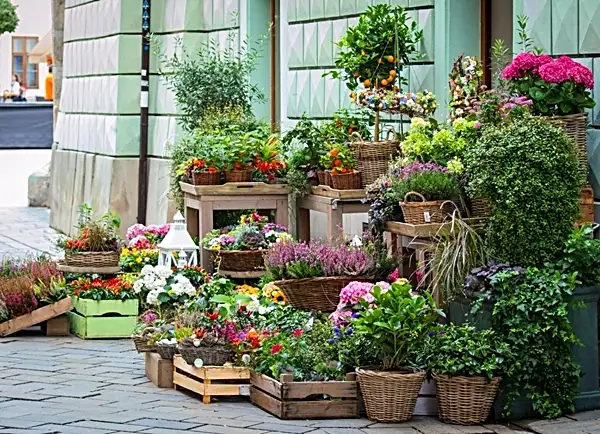
Understanding this value can motivate one towards cultivating their own supply of home-grown aloe vera plants – fostering not just an eco-friendly practice but guaranteeing that you extract pure natural goodness minus any preservatives usually found in store-bought products.
‘Growing your own aloe plant allows you to take advantage of everything it has to offer,’ says dermatologist Dee Anna Glaser.
The journey into growing your own medicine begins with sourcing quality plants. Let’s explore the best buying channels.
6 Top Natural and Online Sources to Buy Aloe Vera Plants
Sourcing locally is often a top priority when planning a gardening project – whether by visually selecting healthy offspring from nearby grown adult plants or utilizing online networks –
| Source | Advantages | Considerations |
|---|---|---|
Local Community Exchanges
|
|
|
| Online Marketplaces |
|
|
Etsy
|
|
|
Specialized E-commerce Websites
|
|
|
Wild Aloe Harvesting
|
|
|
Local Nurseries
|
|
|
Purchasing Aloe Vera Plants From Local Nurseries: Pros & Cons
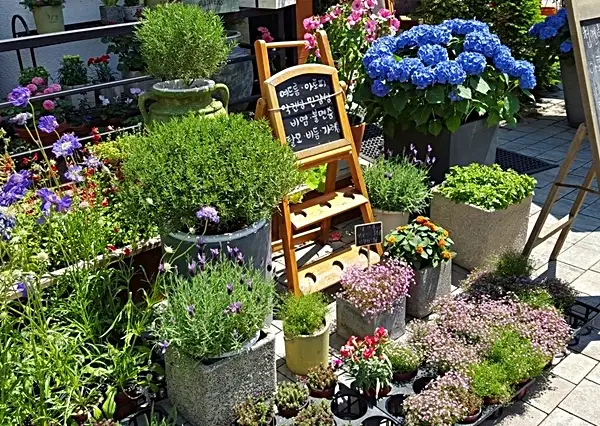
While the internet provides an extensive array, there is irreplaceable joy in visiting local nurseries. You can stroll through collections savoring each moment of discovery plus:
| Benefits | Considerations |
|---|---|
|
|
Buying Aloe Vera Plants From Garden Centers: What to Expect
Garden centers operate similarly to local nurseries but with expanded offerings. Let’s have a view:
| Offerings | Advantages | Considerations |
|---|---|---|
| Variety of potted aloe vera plants |
|
|
| Gardening supplies: Soils, Pots, Fertilizers |
|
|
| Eco-friendly options: Biodegradable pots, Organic products ♻️ |
|
|
| Organically grown aloe vera (free from harmful chemicals) 🌿 |
|
|
| Major retail chains (Home Depot, Lowe’s) 🏬 |
|
|
7 Signs of a Healthy Aloe Vera Plant: What to Check Before Buying
Before purchasing an aloe vera plant, check for key signs of health to ensure long-term growth & vitality. Below is a quick guide to help you identify a thriving aloe & avoid common red flags:
| Signs to Check | What It Means | Red Flags to Avoid |
|---|---|---|
| Firm, Plump Leaves |
|
|
| Vibrant Green Color |
|
|
| Compact, Upright Growth |
|
|
| No Visible Pests |
|
|
| Strong Root System |
|
|
| Well-Draining Soil |
|
|
| No Foul Odor |
|
|
8 Questions to Ask Sellers/Staff Before Buying Aloe Vera

Before you buy, ask the 8 right questions to ensure you are getting a healthy & well-cared-for aloe vera. Use this checklist to confidently inquire about plant quality, care history & growing conditions before making your purchase:
| Question | Why It’s Important |
|---|---|
| Is the plant grown organically, without harmful chemicals? | Ensures you get a chemical-free aloe especially if using for skincare or medicinal purposes |
| How old is the plant? | Mature plants (2-3 years old) have more potent gel & better adaptability |
| Has the plant been grown indoors or outdoors? | Determines how well plant will transition to your environment |
| What type of soil is it potted in? | Aloe vera needs well-draining soil to prevent root rot |
| Does the plant show any signs of disease or pests? | Avoid plants with spots, mushy leaves or pests like aphids or mites |
| How often has it been watered? | Overwatering weakens aloe plants so ensure it has been watered appropriately |
| Can I see the roots? | Healthy roots should be firm & not rotting or overly dry |
| Has this plant been propagated from a healthy mother plant? | Propagation from a healthy aloe ensures strong growth & longevity |
Final Thoughts
Whether sourced locally or ordered online, valuable insights gathered will guide you toward owning healthy & vibrant aloes – setting a precedent for nurturing your exclusive medicinal trove within reach.
This fosters a healthier & more sustainable lifestyle while allowing you to appreciate green serenity that aloes warmly bring into your everyday environment.
Frequently Asked Questions
Where are aloe vera plants mostly found?
Originally from Arabian Peninsula, aloe vera now flourishes in Africa, the Mediterranean, Southeast Asia & the southern United States where dry & warm conditions support its growth.
Where is best place for an aloe vera plant?
Place aloe vera in a bright & sunny spot with well-draining soil. Outdoors - keep it in warm & dry areas. Indoors - position it near a south- or west-facing window & avoid overwatering.


